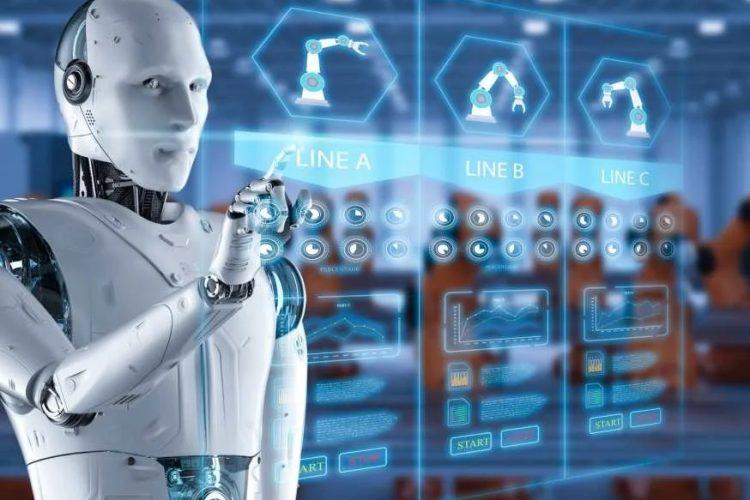Due to artificial intelligence (AI), industrial automation is evolving from simple repetitive tasks to more complex and adaptable operations. AI algorithms let machines learn, optimize, and make judgments. Predictive maintenance, where AI analyses sensor data to predict equipment defects, reduces maintenance costs and downtime. AI-powered vision systems improve quality control by identifying defects faster and more precisely than human inspectors. Supply chains, demand forecasting, and inventory control are also improved by AI. AI in industrial automation could alter manufacturing by making systems more intelligent, responsive, and self-optimizing.
Advanced Robotics and Collaborative Robots
Although their capabilities are greatly increasing, robotics still plays a crucial part in industrial automation. Modern advanced robots can now carry out complex jobs in dynamic environments because they have better sensors, dexterity, and mobility. Cobots, or collaborative robots, are made to operate side by side with humans to increase efficiency and security. Cobots can help with physically taxing or repetitive jobs, allowing human workers to concentrate on more strategic and creative work. As cobots become more accessible, easier to program, and versatile for a greater range of applications, their use is growing. A more human-centric industrial paradigm is being fostered by this cooperative approach to automation.
The Industrial Internet of Things (IIoT) and Data Analytics
Large volumes of data are being produced by the Industrial Internet of Things (IIoT), which is connecting systems, sensors, and equipment throughout the manufacturing floor. This data is a treasure trove for enhancing decision-making and streamlining industrial processes. IIoT data is being analyzed using sophisticated data analytics tools to find trends and learn more about supply chain dynamics, production efficiency, and equipment performance. Reducing waste, improving product quality, and optimizing maintenance schedules are all possible with these insights. More flexibility and responsiveness are being made possible by the IIoT’s ability to remotely monitor and manage industrial machinery.
Digital Twins and Simulation
Virtual copies of real assets or processes, known as “digital twins,” are becoming a potent instrument for industrial automation. Manufacturers may test new designs, optimize processes, and simulate various scenarios with digital twins without interfering with actual business operations. They are useful for forecasting equipment performance, locating possible bottlenecks, and streamlining production plans.
Conclusion
Growing connectedness, intelligence, and integration are characteristics of the industrial automation of the future. A new generation of smart factories that are more responsive, efficient, and sustainable is being created by the convergence of AI, robotics, the IIoT, and digital twins. The long-term advantages of these technologies, such as higher production, lower expenses, and better product quality, outweigh the sometimes high initial expenditure. Businesses that adopt industrial automation will be well-positioned to prosper in the fiercely competitive global marketplace as these trends continue to develop.


